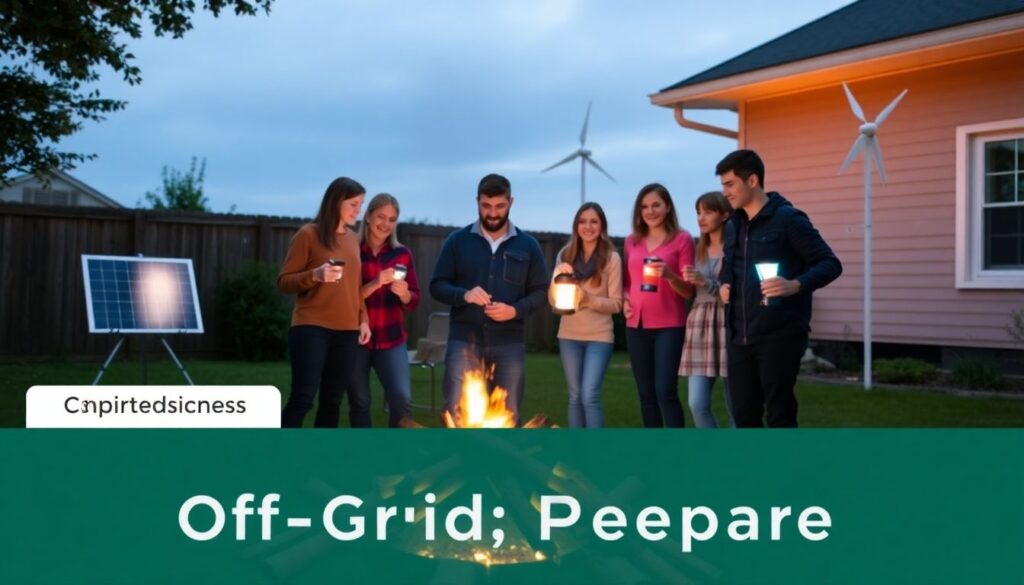Have you ever wondered what you would do if the power suddenly went out and didn’t come back for days, weeks, or even months? Welcome to the world of grid-down survival, a scenario that, while daunting, is not as far-fetched as it may seem. According to a study by the U.S. Department of Energy, the average American experiences about 1.5 power outages per year, with some lasting longer than 10 hours. Now, imagine if that outage was not just a temporary inconvenience, but a prolonged reality. This is where power outage preparedness and off-grid living skills become not just useful, but crucial. This article, ‘The Prepper’s Guide to Surviving a Grid-Down Scenario’, is here to equip you with the knowledge and strategies to face such a challenge head-on.
Agree: You might be thinking, ‘This sounds like a worst-case scenario, and I don’t want to live in fear.’ We agree. The purpose of this guide is not to instill fear, but to empower you with the confidence that comes from being prepared. It’s like having insurance; you hope you never need it, but it’s comforting to know it’s there.
Promise: By the end of this article, you will have a comprehensive understanding of grid-down survival, from immediate actions to long-term strategies. You’ll learn how to ensure the safety and comfort of your family, how to maintain essential services like water and sanitation, and how to adapt to an off-grid lifestyle. We promise to keep it practical, informative, and engaging, because preparedness can be fun and interesting, too!
Preview: So, buckle up as we embark on this journey. We’ll start by discussing the importance of having a plan and an emergency kit. Then, we’ll delve into the nitty-gritty of grid-down survival, from cooking without electricity to maintaining your mental health. We’ll also explore the concept of ‘bugging out’ versus ‘bugging in’, and provide tips on how to make your home more resilient. So, are you ready to take the first step towards grid-down survival? Let’s dive in!
Mastering Power Outage Preparedness and Off-Grid Living Skills
Embracing the unexpected and ensuring comfort in the face of power outages is an art form that combines practical skills and a resilient mindset. Mastering power outage preparedness and off-grid living skills is not just about stocking up on candles and flashlights, but about cultivating a deep understanding of your environment and your own resourcefulness. It’s about transforming a potential crisis into an opportunity to disconnect, to learn, and to grow. Imagine the satisfaction of watching your neighbors struggle with the sudden darkness while you, armed with your knowledge and skills, light up your home with a solar lantern, cook a delicious meal on your camp stove, and even entertain your family with a game of cards by candlelight. This is not about doomsday prepping, but about empowering yourself to face life’s little challenges with confidence and grace. So, let’s dive into the world of power outage preparedness and off-grid living, where every skill learned is a step towards self-sufficiency and every outage is an adventure waiting to happen.
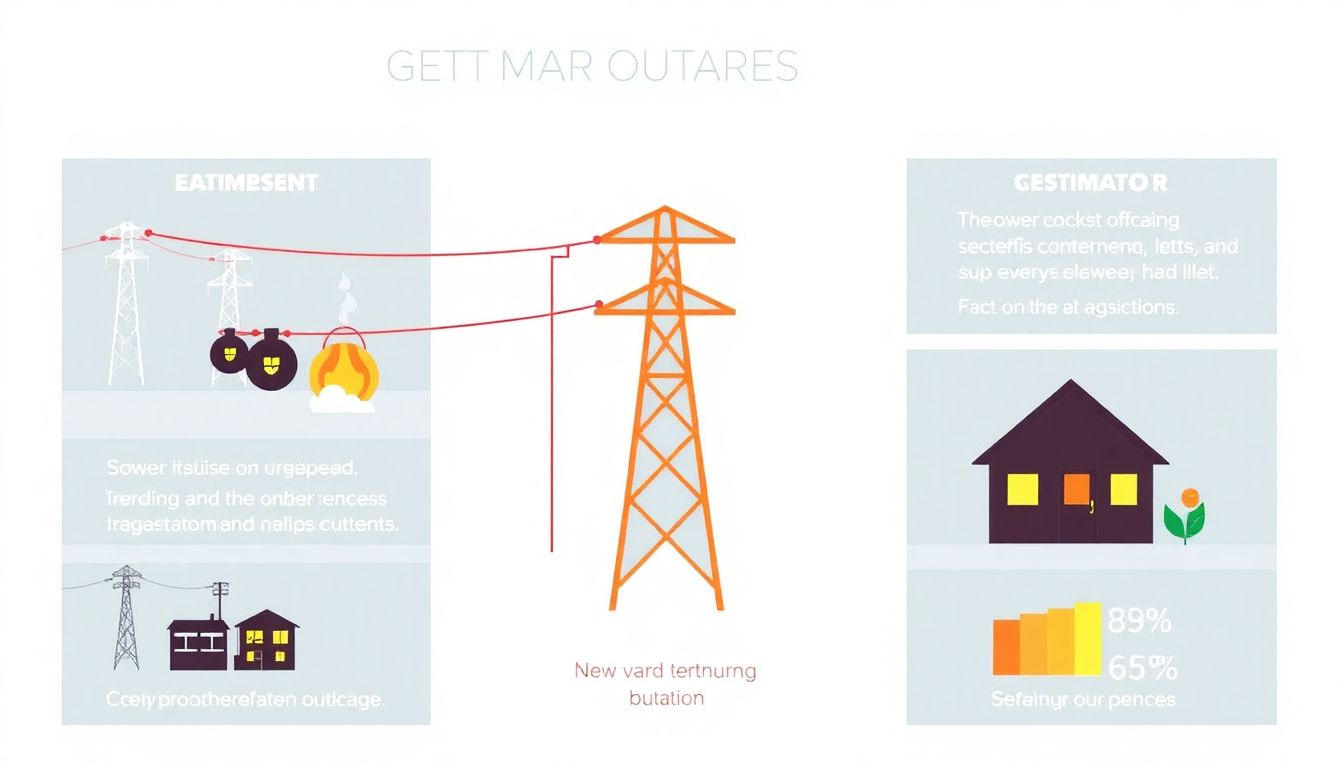
Understanding Grid-Down Scenarios
Understanding grid-down scenarios, where the power grid fails, is crucial for effective preparation. These scenarios can vary greatly, each with its unique causes and durations. Let’s delve into some of the most common grid-down situations.
Natural Disasters: These are often the most immediate and unpredictable causes of grid-down scenarios. Hurricanes, earthquakes, and winter storms can damage power lines, causing widespread outages. For instance, Hurricane Sandy in 2012 left millions of people without power for days. Understanding the nature of the disaster can help you prepare accordingly. For example, if you live in an area prone to winter storms, having a backup generator and non-perishable food supplies can be lifesaving.
Technical Failures: These can range from equipment malfunctions to software glitches. A simple power surge can cause a blackout, as seen in the 2003 Northeast blackout, which affected over 50 million people. Understanding these failures can help you prepare by having backup power sources and understanding how to use them.
Cyber Attacks and Terrorism: In today’s digital age, cyber attacks are a real threat. A successful attack on the power grid could cause a prolonged blackout. Similarly, acts of terrorism could target the power grid. Understanding these threats can help you prepare by having emergency communication plans and knowing how to secure your home.
Understanding the Duration: The duration of a grid-down scenario can vary greatly. Some outages can last only a few hours, while others can stretch into days, weeks, or even months. Understanding the potential duration can help you prepare the right amount of supplies. For example, if you live in an area prone to long-duration outages, you might need to consider alternative power sources like solar or wind power.
In conclusion, understanding the various grid-down scenarios, their causes, and durations is key to effective preparation. It’s not just about having supplies, but also about understanding how to use them and when to use them. So, stay informed, stay prepared, and stay safe!
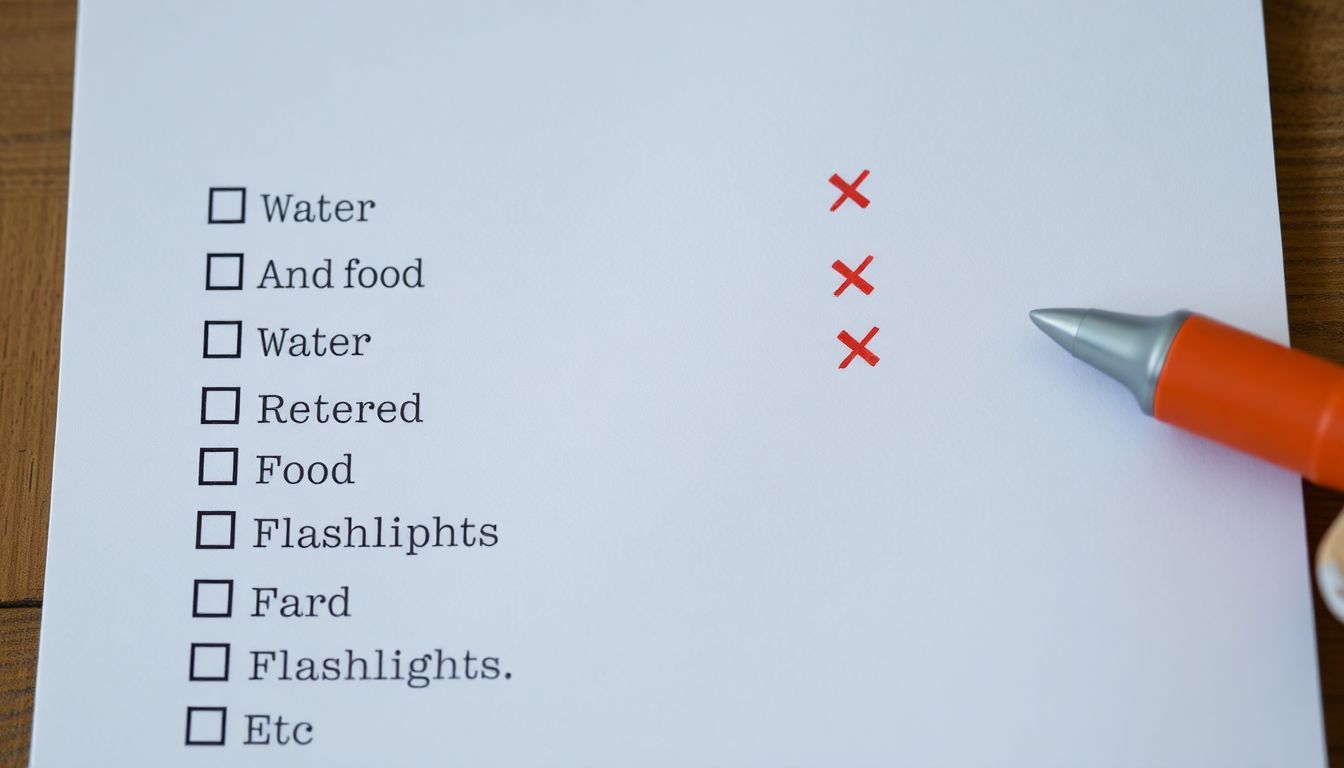
Assessing Your Current Preparedness Level
Embarking on a journey to assess your current preparedness level is like setting out on a hike with a map. You’ll need to take stock of your gear, identify any gaps, and plan for improvements. Let’s break this down into manageable steps.
First, take a moment to consider what you already have. This could be anything from non-perishable food items and water to first aid supplies, tools, and even knowledge like survival skills or emergency procedures. Make a list of these, being as comprehensive as possible. It’s like laying out all the items in your backpack before a hike.
Next, think about your current situation. Are you living in an area prone to natural disasters? Do you have family members with specific needs? Consider these factors as they can influence your preparedness needs.
Now, let’s identify what you might be missing. This is where you’ll need to consider your unique circumstances and the potential challenges you might face. For instance, if you live in an area with frequent power outages, you might need a backup power source. If you have pets, you’ll need supplies for them too. Here’s a simple way to approach this:
- Review your list of existing supplies.
- Consider your specific needs and potential challenges.
- Identify any gaps in your current supplies.
Finally, let’s talk about improvement. This is where you’ll set goals for enhancing your preparedness. It could be learning a new skill, like first aid, or acquiring more supplies, like a backup generator. Remember, preparedness is an ongoing process, and it’s okay to start small.
So, grab your metaphorical map, and let’s start this hike together. Assessing your current preparedness level is the first step towards ensuring you’re ready for whatever comes your way.
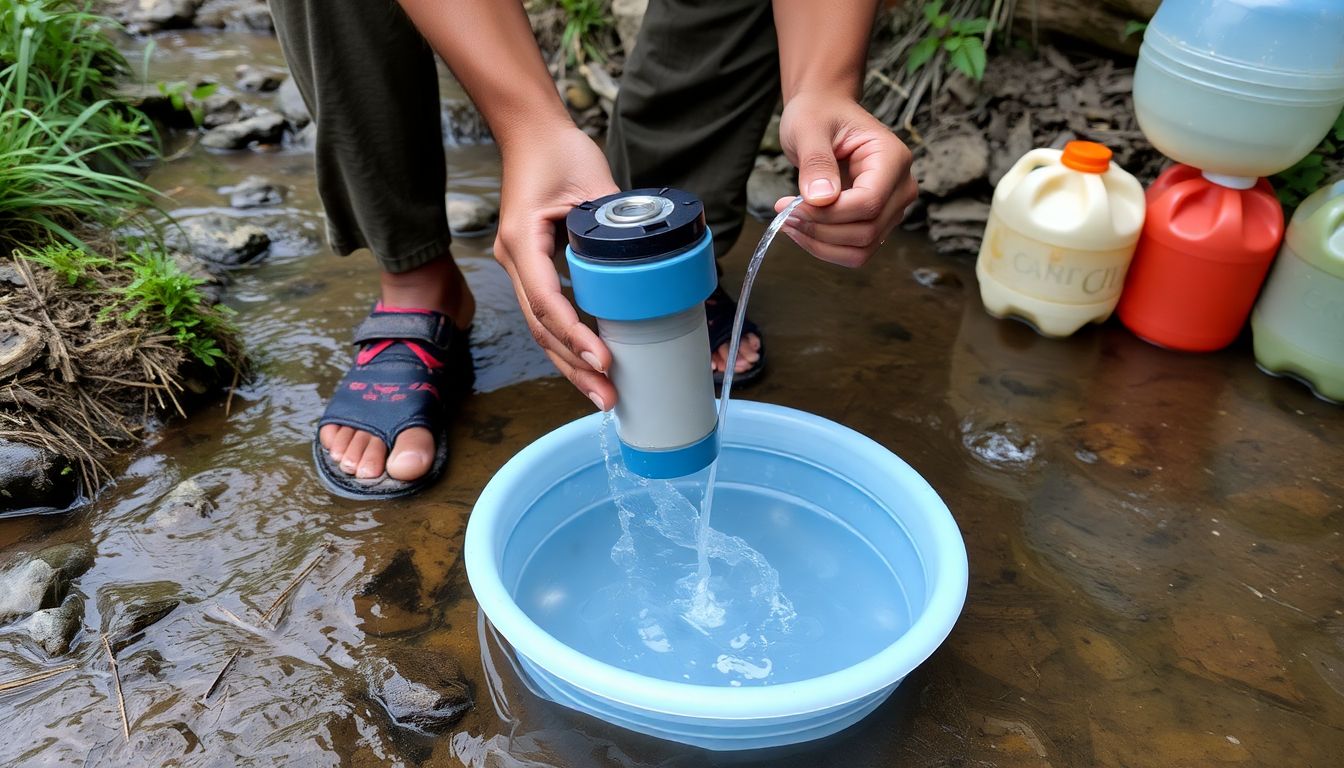
Water: The First Priority
In a grid-down scenario, water becomes the most critical resource, outranking even food in priority. Without water, our bodies can survive only a few days, making it our first line of defense in any crisis. Understanding how to manage, store, and purify water can mean the difference between life and death.
Firstly, let’s discuss water storage. Having a reliable water source is crucial, but it’s equally important to store water for when that source is disrupted. The general rule is to store at least one gallon of water per person per day. This should cover drinking, cooking, and basic hygiene needs. Store water in clean, food-grade containers, and rotate your supply every six months to ensure freshness.
Now, let’s talk about water purification. Not all water sources are safe to drink directly. Lakes, rivers, and rainwater can contain harmful bacteria, viruses, and chemicals. There are several methods to purify water, including boiling, using water purification tablets, or filtering through a portable water filter. Boiling water is the most reliable method, but it requires a heat source and fuel. Purification tablets and filters are more convenient but may not remove all contaminants.
Rationing water is another vital skill. In a grid-down scenario, water may be scarce, and every drop counts. Here are some tips for rationing:
- Use a water-saving showerhead or bucket to collect shower water for reuse, like flushing the toilet or watering plants.
- Collect rainwater using tarps, buckets, or a dedicated rain barrel.
- Use a gray water system to reuse water from sinks and washing machines.
- Collect water from melted snow or ice, if available.
Remember, every drop counts!
Lastly, let’s explore various water sources and collection methods. The most obvious sources are rivers, lakes, and streams, but these can be contaminated. Rainwater is a great source if collected properly, and melted snow or ice can provide additional water. Wells and springs are also excellent sources but may require equipment to access. Always prioritize water sources that are high above potential contaminants, like animal waste or industrial runoff.
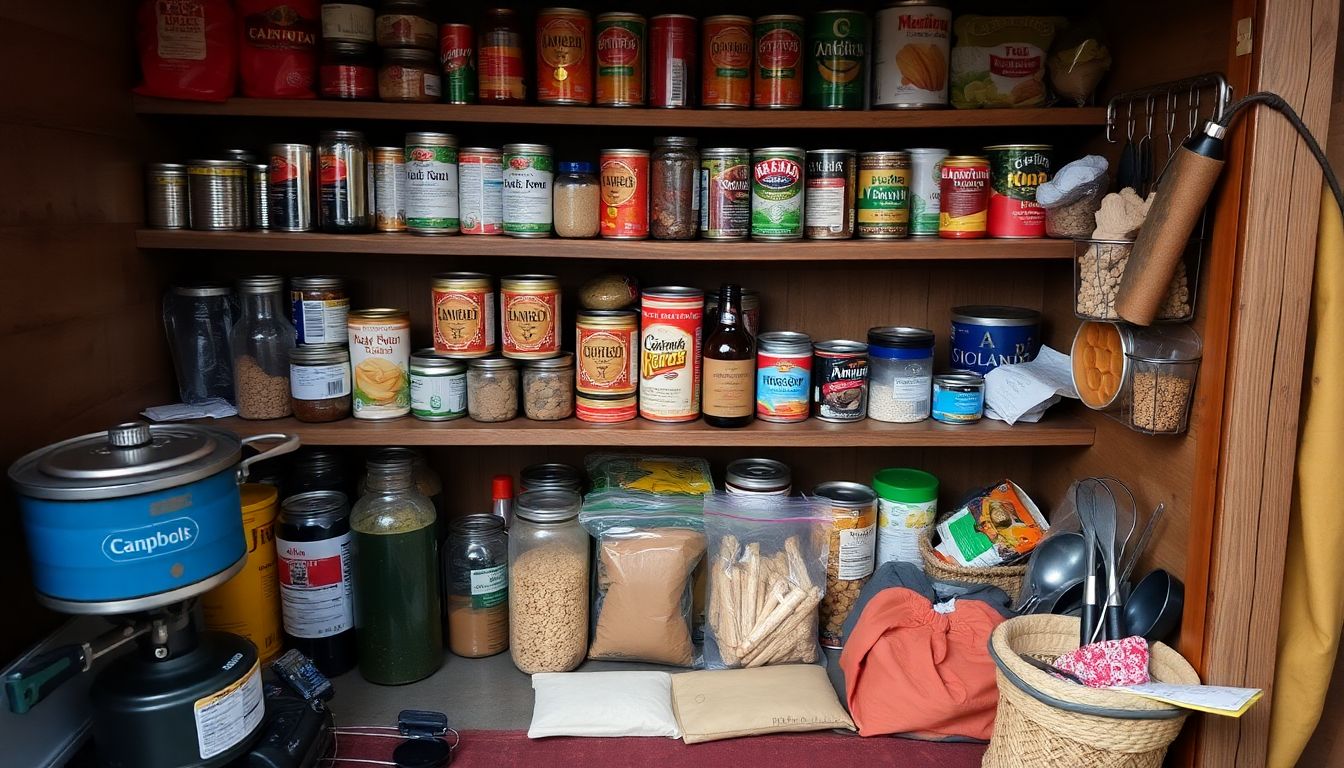
Food: Planning and Storing Supplies
Food storage, rotation, and preservation are crucial aspects of ensuring a balanced diet and meal preparation, even in the absence of electricity. Let’s delve into these topics to make the most of our food supplies. First, it’s essential to understand the importance of a balanced diet. A balanced diet provides our bodies with the necessary nutrients to function optimally. It includes a variety of foods from different food groups, such as fruits, vegetables, lean proteins, whole grains, and healthy fats. By consuming a balanced diet, we can maintain our health, boost our immune system, and prevent chronic diseases. Now, let’s discuss food storage. Proper food storage helps maintain the quality and freshness of our food, preventing waste and spoilage. Here are some steps to help you store your food effectively:
- Store food in airtight containers or bags to prevent exposure to air, which can cause spoilage.
- Keep your storage area clean and dry to prevent the growth of mold and bacteria.
- Store food in a cool place, ideally between 35°F and 38°F (1.7°C and 3.3°C) for most foods. However, some foods like bananas and tomatoes should be stored at room temperature.
- Rotate your food supplies using the ‘First In, First Out’ (FIFO) method. This means using the oldest food first to prevent it from spoiling.
Food preservation methods help extend the shelf life of our food. Some popular preservation methods include canning, dehydrating, fermenting, and freezing. Canning involves heating food in sealed jars to kill bacteria and prevent spoilage. Dehydrating removes moisture from food, preventing the growth of mold and bacteria. Fermenting uses beneficial bacteria to preserve food and enhance its flavor. Freezing slows down the growth of bacteria and prevents spoilage. Lastly, let’s talk about preparing meals without electricity. While it may seem challenging, there are numerous ways to prepare delicious and nutritious meals without electricity. Here are some tips:
- Use a solar oven to cook food using the power of the sun. Solar ovens can reach temperatures up to 360°F (182°C) and are perfect for cooking dishes like casseroles, stews, and even baking bread.
- Cook food over an open fire or on a camp stove using propane or charcoal. Always ensure you follow safety guidelines when cooking outdoors.
- Prepare no-cook meals like salads, sandwiches, and cold soups. These meals are perfect for hot summer days and require no electricity.
- Use a hand-crank blender or food processor to prepare ingredients for your meals. These manual appliances require no electricity and can be a lifesaver in a power outage.
In conclusion, planning and storing food supplies, understanding food preservation methods, and knowing how to prepare meals without electricity are essential skills for maintaining a balanced diet and ensuring meal preparation in various situations. By implementing these tips, you can make the most of your food supplies and enjoy delicious, nutritious meals regardless of the circumstances.
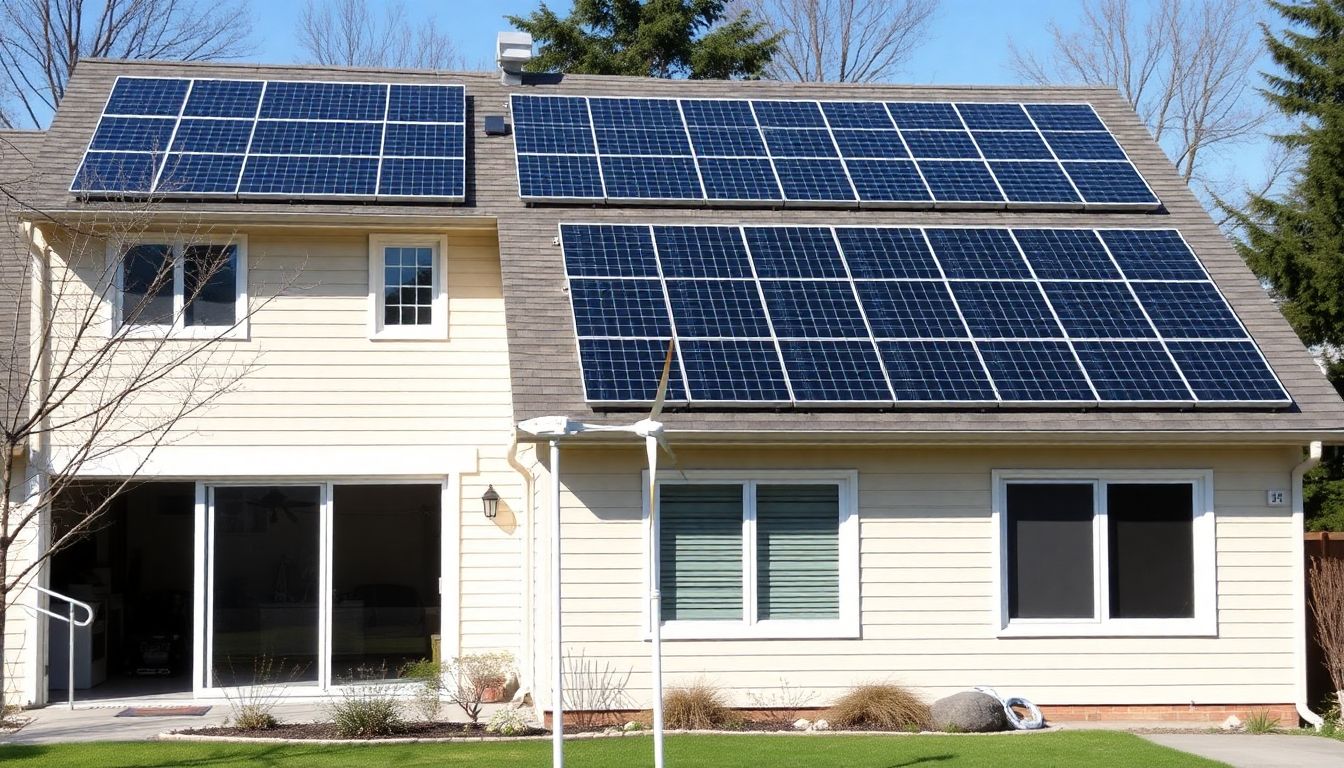
Shelter: Making Your Home Grid-Resistant
In the face of an increasingly unpredictable climate and aging power infrastructure, ensuring your home’s resilience against power outages has become more important than ever. By implementing a few strategic measures, you can create a grid-resistant sanctuary that keeps you comfortable and safe, even when the lights go out.
Firstly, let’s talk about insulation, the unsung hero of energy efficiency. Proper insulation is like a cozy blanket for your home, keeping the heat in during winter and the cool air in during summer. This not only reduces your reliance on grid-powered heating and cooling but also makes your home more resistant to temperature fluctuations during power outages. Start by checking your attic, walls, and floors for any gaps or thin spots. Use weatherstripping on doors and windows, and consider installing energy-efficient windows if your budget allows.
Next, let’s explore alternative heating and cooling methods. Wood-burning stoves and fireplaces can provide supplemental heat during winter power outages. However, ensure they are properly vented and maintained to prevent carbon monoxide poisoning. For cooling, consider installing ceiling fans or whole-house fans that can be powered by a backup generator or solar panels. Portable fans and evaporative coolers are also options, but they may require manual operation during a power outage.
Now, let’s discuss backup power sources. Generators are a popular choice, but they require regular maintenance and can be noisy and polluting. A more eco-friendly and quiet option is a solar-powered backup system. These systems can be designed to power essential appliances and lighting during an outage. Another option is a battery storage system, which can store excess solar or wind power for use during outages. Remember, any backup power source should be installed by a licensed professional to ensure safety.
Lastly, don’t forget about water. A whole-house water storage tank can provide a reserve of water during outages, while a manual water pump can help you access well water. Always have a supply of non-perishable food and water on hand, and consider investing in a solar-powered or hand-crank radio to stay informed during an outage.
By implementing these steps, you can significantly improve your home’s resilience to power outages, providing you with peace of mind and comfort during challenging times.

Light and Heat: Essential for Survival
In a grid-down scenario, light and heat are not just luxuries; they are essential for survival. They provide safety, comfort, and the ability to perform necessary tasks when the power is out. Let’s delve into the importance of these elements and explore various sources and methods to harness them.
Light, in the absence of electricity, can be generated through a variety of means. The most common and readily available is candlelight. Candles provide a warm, soft light that can be used for reading, cooking, or navigating dark spaces. However, they should be used with caution due to their fire risk. Another option is oil lamps, which burn fuel like kerosene or olive oil, providing a longer-lasting light source. Solar-powered lights are also an excellent choice, harnessing the power of the sun during the day to provide light at night. Flashlights and headlamps, powered by batteries, are portable and useful for moving around or working in dark spaces.
Heat is crucial for maintaining a comfortable living environment, especially in colder climates. Wood-burning stoves and fireplaces are traditional methods of heating homes, providing both heat and a place to cook. However, they require a constant supply of wood and can pose a fire risk if not properly maintained. Propane heaters are another option, providing a clean, efficient heat source. They require propane tanks, which should be stored safely and used responsibly. Space heaters, powered by batteries or generators, can also provide supplemental heat.
Fuel storage is a critical aspect of preparing for a grid-down scenario. For light sources like oil lamps, it’s essential to have a steady supply of fuel. Kerosene, olive oil, or even cooking oil can be used. For heat sources like propane heaters, having multiple full tanks is crucial. Always ensure that fuel is stored safely, away from heat sources and in a well-ventilated area. Regularly check fuel levels and rotate stock to prevent spoilage.
In conclusion, light and heat are not just nice to have in a grid-down scenario; they are necessary for survival. By understanding the various light sources and heating methods, and by properly storing fuel, we can ensure that we have the essentials to survive and thrive in the absence of electricity.
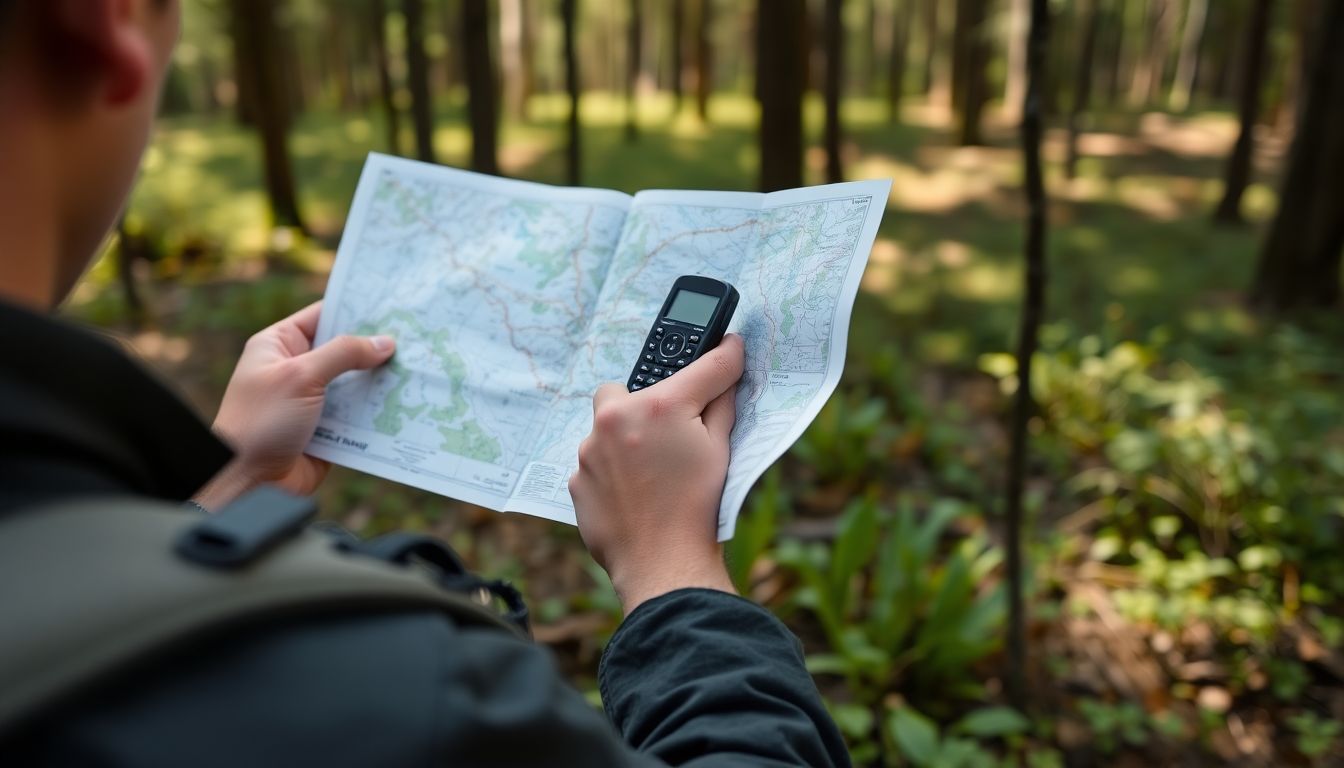
Communication and Navigation
In the event of a grid-down scenario, where modern technology and infrastructure fail, the importance of communication and navigation cannot be overstated. These two skills are not just convenient, but essential for survival, allowing us to stay connected, find resources, and navigate to safety. Let’s delve into each of these crucial aspects. Communication, in a grid-down scenario, is about more than just staying in touch with loved ones. It’s about gathering and sharing vital information, coordinating efforts, and building community. Without communication, we’re isolated, left to fend for ourselves in the dark. Traditional communication methods like cell phones and the internet will likely be unavailable, so we must turn to alternative methods. These could include two-way radios, CB radios, or even simple walkie-talkies. It’s also crucial to learn and use Morse code, a universal language that can be used to send messages over long distances with minimal equipment. Now, let’s talk about navigation. When the power goes out, so do our GPS systems, leaving us reliant on old-school methods to find our way. The most basic and reliable tools for navigation are maps and compasses. A map provides a bird’s-eye view of the terrain, showing us where we are, where we’re going, and what lies in between. But a map is only as good as our ability to read it. We must learn to understand map symbols, estimate distances, and plot our course. A compass, on the other hand, tells us which way is north, south, east, and west. With a map and a compass, we can navigate even the most treacherous terrain. Here are some steps to help you use a map and compass effectively:
- First, ensure your map is oriented with north pointing north. You can do this by aligning the map’s north arrow with the compass’s north needle.
- Next, identify your current location on the map. This is your starting point.
- Decide on your destination and plot a course. Look for landmarks along the way to help you stay on track.
- Using your compass, take a bearing from your current location to your next landmark. A bearing is the angle between the direction you’re facing and magnetic north.
- Follow the bearing, using your compass to ensure you’re staying on course. Remember to recheck your bearing regularly, as small errors can add up over distance.
- When you reach your landmark, take a new bearing to your next destination and repeat the process.
In conclusion, communication and navigation are not just nice-to-have skills in a grid-down scenario; they’re must-have skills. They allow us to stay connected, find our way, and ultimately, increase our chances of survival. So, dust off that old map, grab your compass, and start practicing. Your future self will thank you.
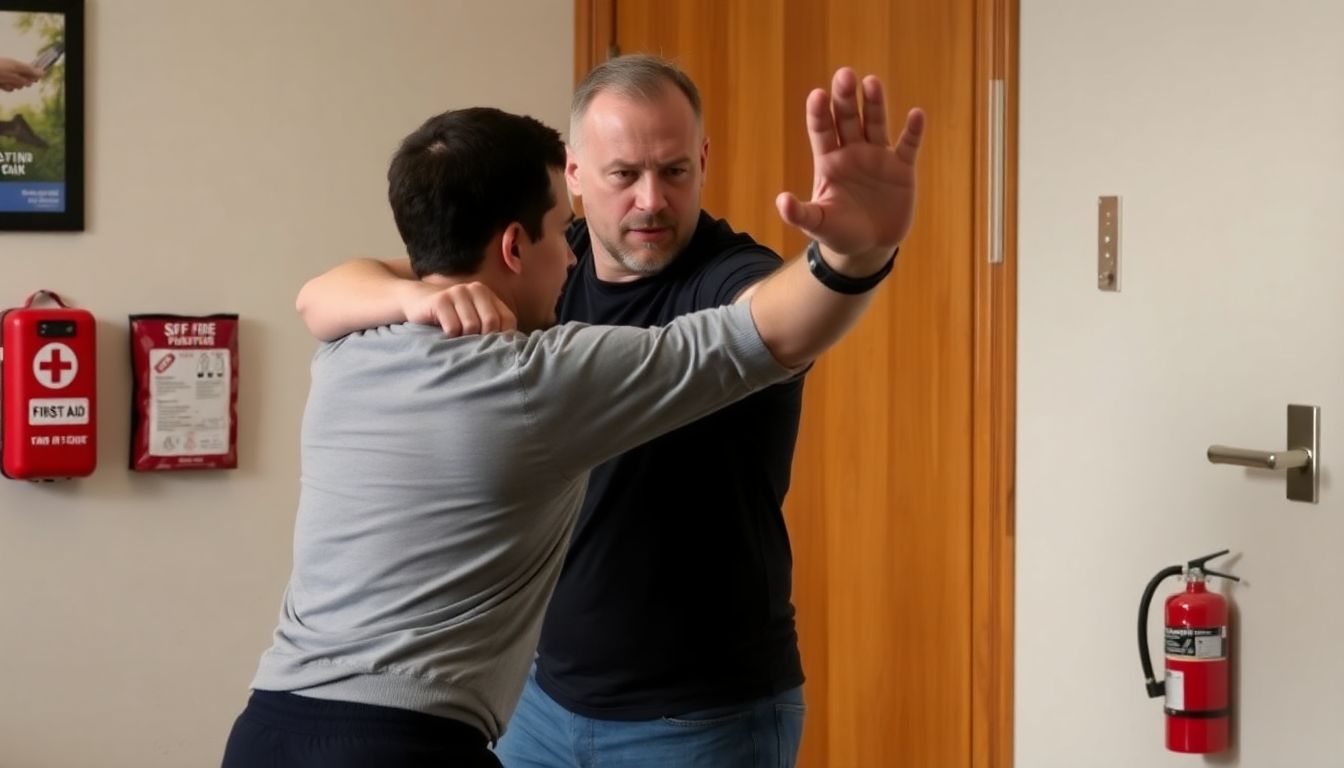
Self-Defense and Security
In the face of a grid-down scenario, where societal infrastructure collapses, the importance of self-defense and security cannot be overstated. This isn’t about paranoia, but rather, a proactive approach to ensure your safety and that of your loved ones. Self-defense isn’t just about physical combat; it’s a mindset that encompasses preparedness, awareness, and adaptability.
Let’s start with self-defense methods. The most fundamental is situational awareness. Know your surroundings, trust your instincts, and avoid potentially dangerous situations. If a confrontation is inevitable, de-escalation is key. Verbal self-defense, using assertive communication to defuse tension, can often prevent a physical altercation.
If physical self-defense becomes necessary, there are numerous methods to consider. Martial arts like Krav Maga, Brazilian Jiu-Jitsu, or Muay Thai teach effective self-defense techniques. However, these require training and practice. For those without extensive training, simple yet effective techniques like striking vulnerable areas, using everyday objects as weapons, or employing escape tactics can be life-saving.
Weapons can enhance your self-defense capabilities, but they should be used as a last resort. Firearms, knives, and improvised weapons all have their uses, but they also come with significant responsibilities. Always follow safety protocols, store them securely, and ensure you’re legally permitted to own and carry them.
Home security is another crucial aspect. In a grid-down scenario, your home could become a target for looters. Reinforce doors and windows, install security cameras, and consider a safe room. Having a well-stocked pantry and water supply can also deter potential intruders, as they may move on to easier targets.
Remember, self-defense and security aren’t about fear or aggression, but about empowerment and peace of mind. It’s about being prepared for the worst, so you can hope for the best. In a grid-down scenario, it’s not just about surviving; it’s about thriving.
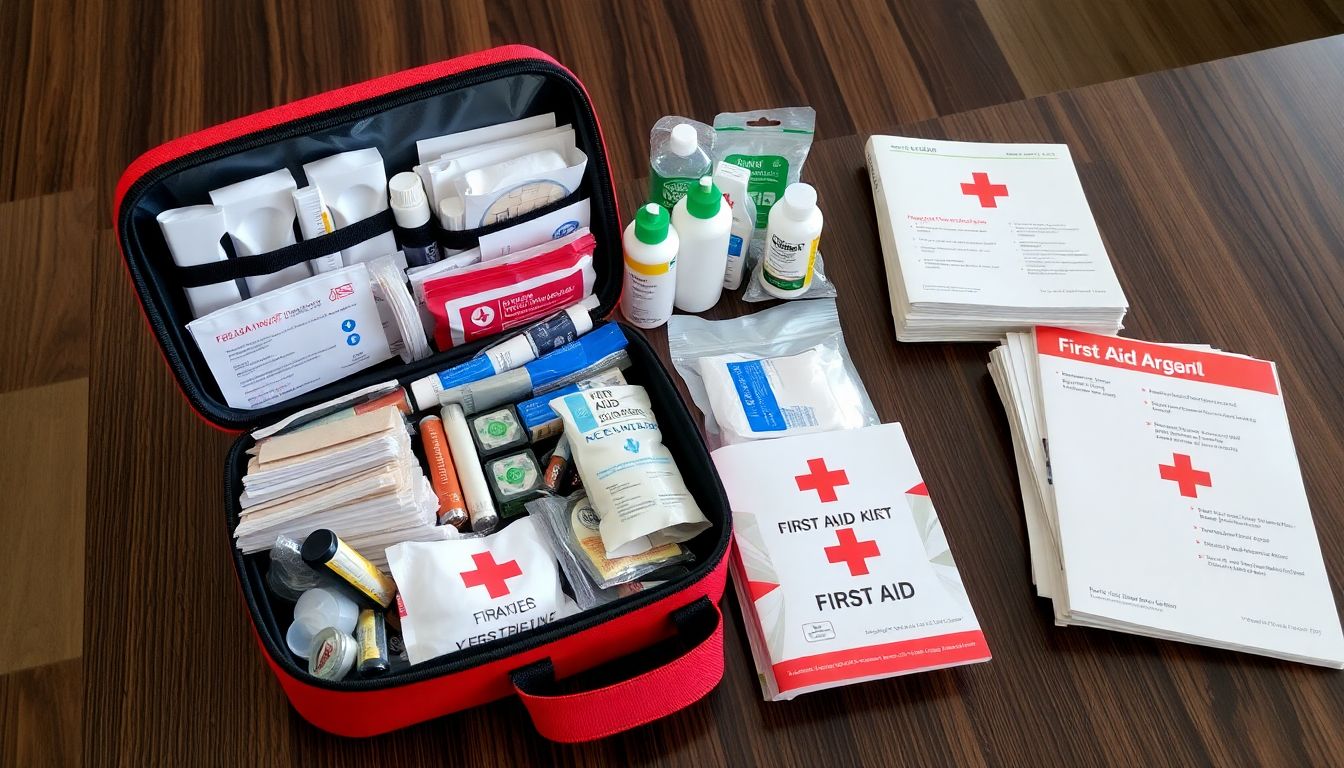
First Aid and Medical Supplies
In the face of a grid-down scenario, where access to professional medical help may be limited or nonexistent, the importance of first aid knowledge and medical supplies cannot be overstated. This is not just about being prepared; it’s about being responsible for your own safety and that of your loved ones. A well-stocked first aid kit and basic first aid skills can mean the difference between a minor inconvenience and a life-threatening situation.
Creating a well-stocked first aid kit is the first step. It should be easily accessible and contain a variety of supplies to address a range of potential injuries and illnesses. Start with the basics: bandages, gauze, adhesive tape, antiseptic wipes, and latex gloves to prevent cross-contamination. Include over-the-counter pain relievers, antihistamines, and anti-diarrheal medication. Don’t forget to pack any prescription medications you or your family members might need, along with a first aid manual for reference.
But having the supplies is only half the battle. Knowing how to use them is just as crucial. Learning basic first aid skills is not as daunting as it might seem. There are numerous resources available, from online courses to local classes taught by the Red Cross or other organizations. Some key skills to learn include how to treat wounds, stop bleeding, treat shock, and perform CPR. Knowing how to recognize and respond to common medical emergencies can provide invaluable peace of mind in a grid-down scenario.
Remember, first aid is not about being a doctor; it’s about being able to provide immediate care until professional help arrives. It’s about knowing how to keep someone safe and comfortable until they can get the help they need. So, don’t wait until a crisis to learn these skills. Start today, and you’ll be ready to face whatever comes your way.
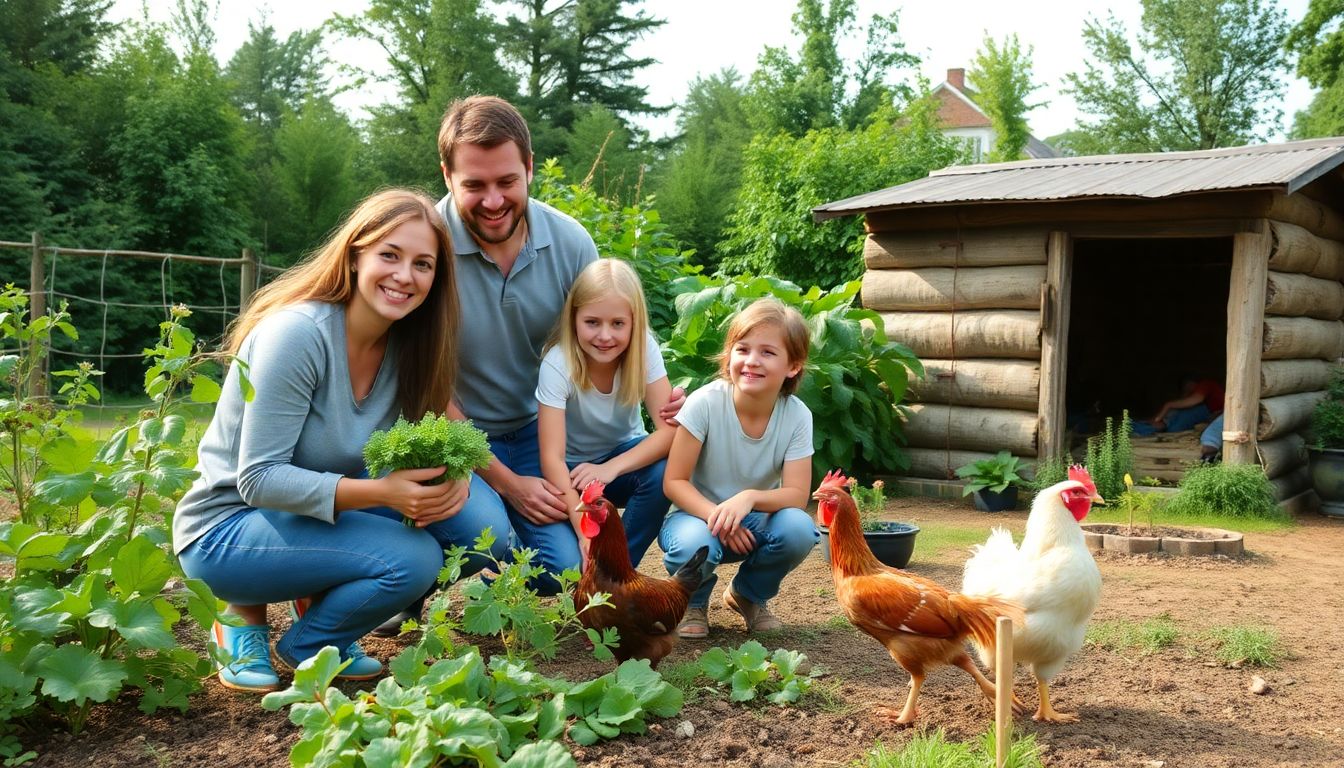
Off-Grid Living Skills: Long-Term Survival
Embarking on a long-term off-grid living adventure requires a diverse skill set and a deep understanding of self-sufficiency. The journey begins with the art of gardening, the lifeblood of any off-grid homestead. Knowledge of soil types, crop rotation, and companion planting is essential to cultivate a productive and sustainable garden. Understanding the local climate and microclimates is crucial for selecting the right crops and ensuring their successful growth.
The ability to raise and care for animals is another vital skill. Animal husbandry involves understanding the needs and behaviors of various livestock, such as chickens for eggs, goats for milk, and bees for honey and pollination. This also includes knowledge of animal health, breeding, and butchering.
Basic construction skills are indispensable for building and maintaining structures that can withstand the elements. This includes knowledge of different building materials, their pros and cons, and the ability to construct structures like homes, sheds, and greenhouses. Understanding how to create and maintain renewable energy sources, such as solar panels or wind turbines, is also crucial for long-term off-grid living.
Additionally, understanding how to purify water, preserve food through canning and dehydrating, and basic first aid and medical knowledge are all essential skills for long-term survival. The ability to navigate and find one’s way in the wilderness, using tools like maps, compasses, and GPS, is also important. Lastly, a strong understanding of local flora and fauna, including which plants are edible and which animals are safe to interact with, can be a matter of life and death.
Long-term off-grid living is not just about acquiring these skills, but also about cultivating a mindset of self-reliance, adaptability, and resilience. It’s about learning to live in harmony with nature, rather than against it. It’s about understanding that every challenge is an opportunity to learn and grow. And it’s about embracing the simple pleasures of a life lived close to the earth.
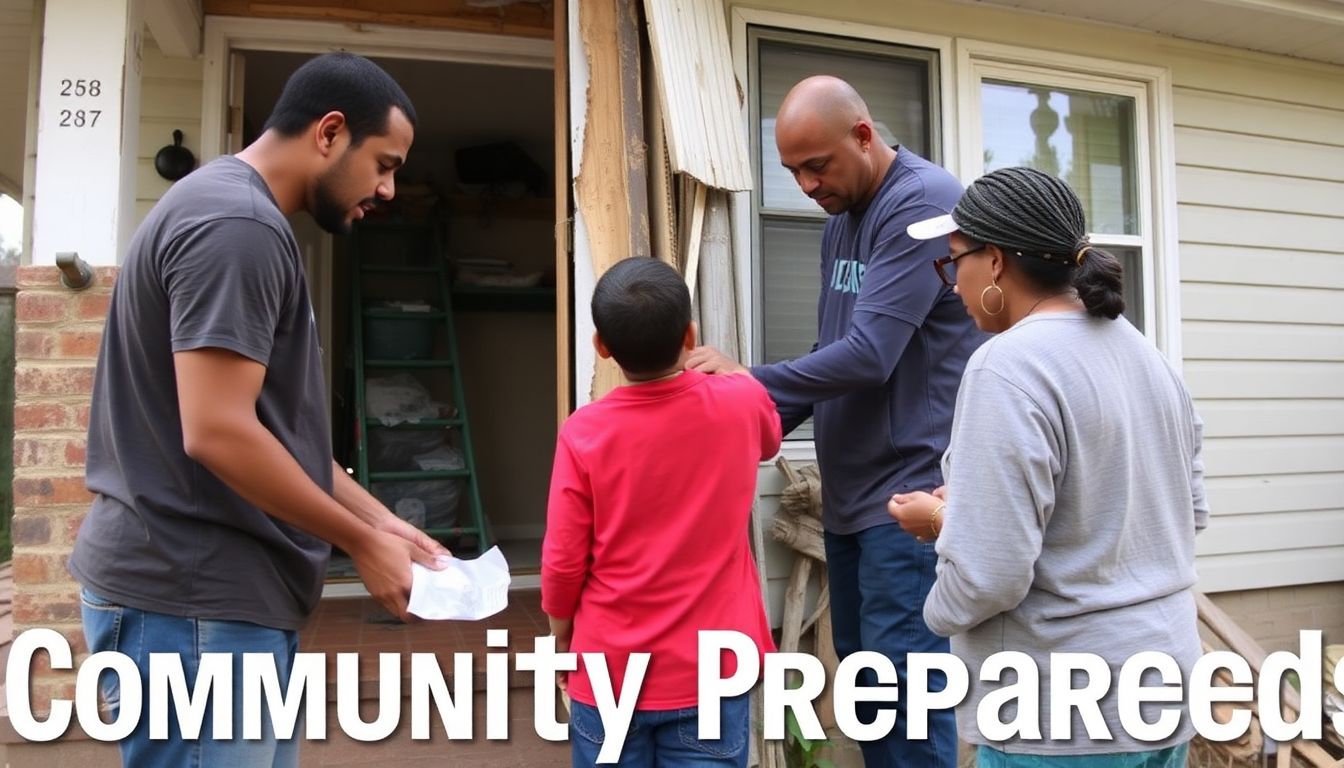
Community and Neighborhood Preparedness
In the grand tapestry of societal resilience, community and neighborhood preparedness stand as vital threads that weave together our collective strength. When the grid goes down, it’s not just about individual survival; it’s about the survival of our neighborhoods and communities as a whole. This is where the power of unity, shared resources, and a robust support network comes into play.
The importance of community preparedness cannot be overstated. It’s about more than just having a stockpile of supplies; it’s about having a network of people who can help each other when disaster strikes. This could mean anything from sharing food and water to providing medical assistance or helping to repair damaged homes.
Building a support network is the first step in community preparedness. This involves getting to know your neighbors, understanding their skills and resources, and fostering a sense of community. It’s about creating a network of people who look out for each other, not just in times of crisis, but in everyday life as well.
Sharing resources is another key aspect of community preparedness. This could mean anything from sharing tools and equipment to sharing knowledge and skills. For example, if one neighbor has a generator, they could provide power to others in the neighborhood. If another neighbor is a doctor, they could provide medical care. The key is to identify and share resources in a way that benefits everyone.
Working together is the final piece of the puzzle. This means creating a plan for how the community will respond in a grid-down scenario. This could involve setting up a communication system, establishing a rotation for tasks like security and food preparation, and creating a system for decision-making. It’s about turning a group of individuals into a cohesive unit that can face any challenge together.
In conclusion, community and neighborhood preparedness is not just about being ready for a disaster; it’s about building a stronger, more resilient community. It’s about turning strangers into neighbors, and neighbors into a family. It’s about creating a network of support that can weather any storm. So, let’s not wait for the grid to go down. Let’s start building our communities today.
FAQ
What exactly is a ‘grid-down’ scenario and why should I be prepared for it?
What are some of the first steps I should take when the power goes out?
- Safety first: Check for any immediate hazards like downed power lines or gas leaks.
- Gather your family: Ensure everyone is accounted for and stay together.
- Use your emergency supplies: Grab your flashlights, batteries, and any other emergency supplies you’ve prepared.
- Stay informed: Tune in to a battery-powered radio for updates and instructions.
- Conserve resources: Turn off or disconnect appliances and devices to prevent power surges when the power comes back on.
How can I ensure a steady supply of water during a power outage?
- Store water: Aim to have at least one gallon of water per person per day, stored in clean, sealed containers.
- Purify water: Learn how to purify water from alternative sources like streams or rainwater using methods such as boiling, distillation, or using purification tablets.
- Preserve water: Collect rainwater and use it for non-potable purposes like gardening or flushing toilets.
- Have a manual water pump: If you have a well, consider investing in a manual water pump to access water even without electricity.
What are some off-grid living skills that can help in a grid-down scenario?
- Fire starting: Learn various methods to start a fire without matches or lighters, using materials like flint and steel, or even a magnifying glass.
- Cooking without electricity: Master the art of cooking over an open fire or using a solar oven.
- Sewing and repair: Learn basic sewing skills to repair clothing, tents, and other gear.
- First aid: Become proficient in first aid to treat injuries and illnesses without access to medical facilities.
- Gardening: Grow your own food using methods like hydroponics or aquaponics, which require little water and can be done indoors.
How can I maintain communication during a power outage?
- Handheld two-way radios: These devices can be used to communicate over short distances and don’t require electricity or cell towers.
- Satellite phone: For long-distance communication, consider investing in a satellite phone, which can be used anywhere in the world.
- Crank or solar-powered radios: These radios can be used to receive updates and news without batteries or electricity.
- Whistle: A simple whistle can be used to signal for help over long distances.
What should I do with my perishable food during a power outage?
- Coolers: Use ice or frozen gel packs to keep food cold in coolers. Rotate the ice packs to keep the food as cold as possible.
- Canning: Learn how to can food at home to preserve it for long periods without refrigeration.
- Fermentation: Use fermentation to preserve foods like vegetables, dairy, and even meat.
- Drying: Dehydrate foods like fruits, vegetables, and meats to preserve them for long periods.
- Freeze food: If the power outage is brief, you can freeze perishable food to keep it fresh until the power comes back on.
How can I keep my home warm during a power outage in winter?
- Alternative heat sources: Invest in alternative heat sources like wood-burning stoves, propane heaters, or kerosene heaters. Always ensure these devices are used safely and ventilated properly.
- Insulate: Make sure your home is well-insulated to retain heat. Use weatherstripping, caulk, and insulated curtains to keep cold air out.
- Dress warmly: Dress in layers and use blankets to stay warm indoors.
- Use body heat: Gather family members in one room to share body heat and reduce the space that needs to be heated.
- Snow retreat: If the power outage is prolonged, consider building a snow retreat or shelter to stay warm.
What should I do with my pets during a power outage?
- Safety first: Ensure your pets are safe and secure. Keep them indoors and away from any hazards like downed power lines.
- Food and water: Have plenty of food and water on hand for your pets. Consider having a manual can opener for canned pet food.
- Litter: If you have cats, make sure you have enough litter and a manual scoop to clean the litter box.
- Medication: If your pet requires medication, make sure you have enough on hand.
- Comfort: Provide your pets with comfort and reassurance. Pets can sense when something is wrong, and they may need extra attention and affection.
How can I maintain my mental health during a prolonged power outage?
- Stay informed: Keep up with news and updates to stay informed about the situation and when power is expected to be restored.
- Routine: Maintain a daily routine to provide structure and normalcy to your life.
- Stay active: Engage in physical activities to stay active and reduce stress.
- Stay connected: Maintain social connections with family, friends, and neighbors. Share your experiences and support each other.
- Practice relaxation: Use relaxation techniques like deep breathing, meditation, or yoga to manage stress and anxiety.
- Limit alcohol and avoid drugs: Alcohol and drugs can exacerbate stress and anxiety and should be avoided during a power outage.
What should I do with my perishable medications during a power outage?
- Insulated cooler: Use an insulated cooler with ice packs to keep medications cold. Rotate the ice packs to maintain a consistent temperature.
- Generator: If possible, use a generator to power your refrigerator and keep medications at the correct temperature.
- Alternatives: If you’re unable to keep your medications at the correct temperature, talk to your doctor about alternative medications or treatment options.
- Emergency supply: Always have an emergency supply of medications on hand, if possible. This can help you manage your medications during a power outage.
- First aid kit: Include a first aid kit in your emergency supplies, which can help you treat minor injuries and illnesses without access to medications.



